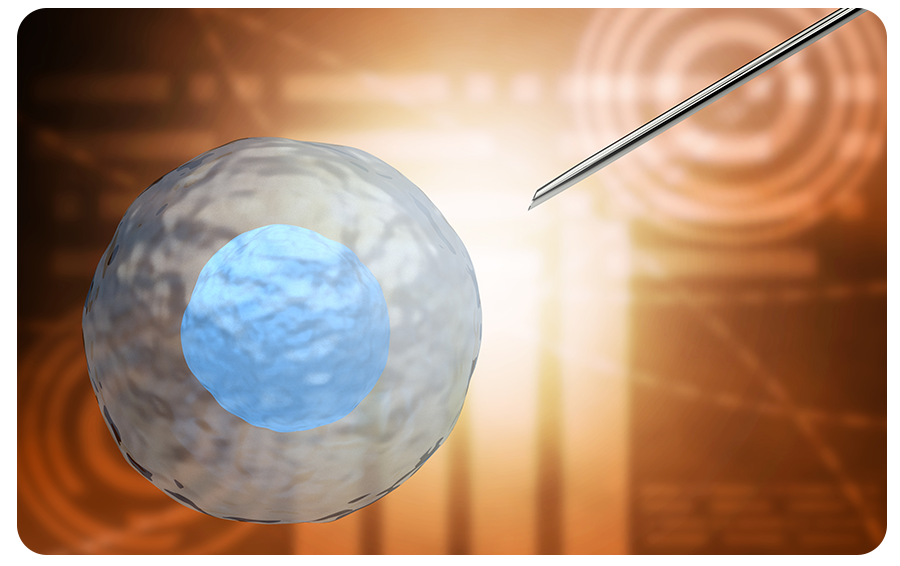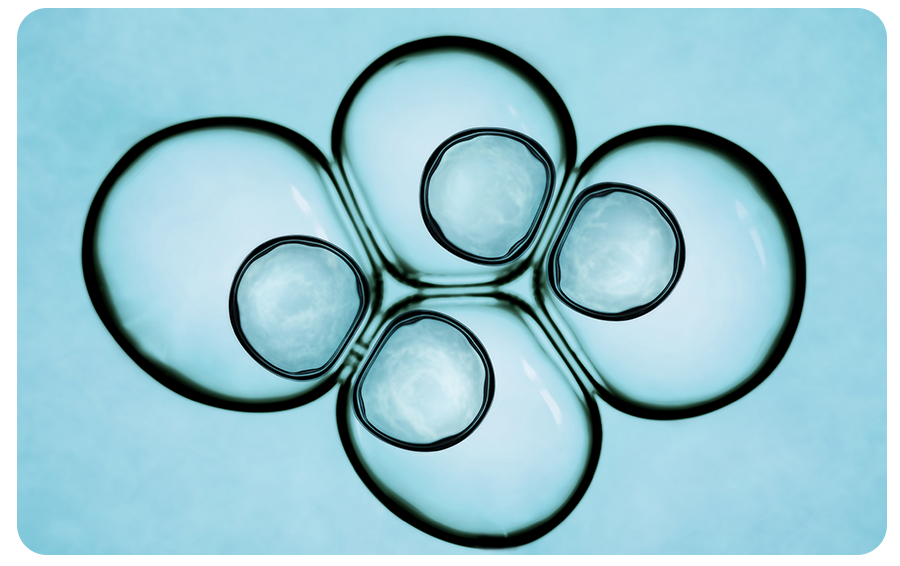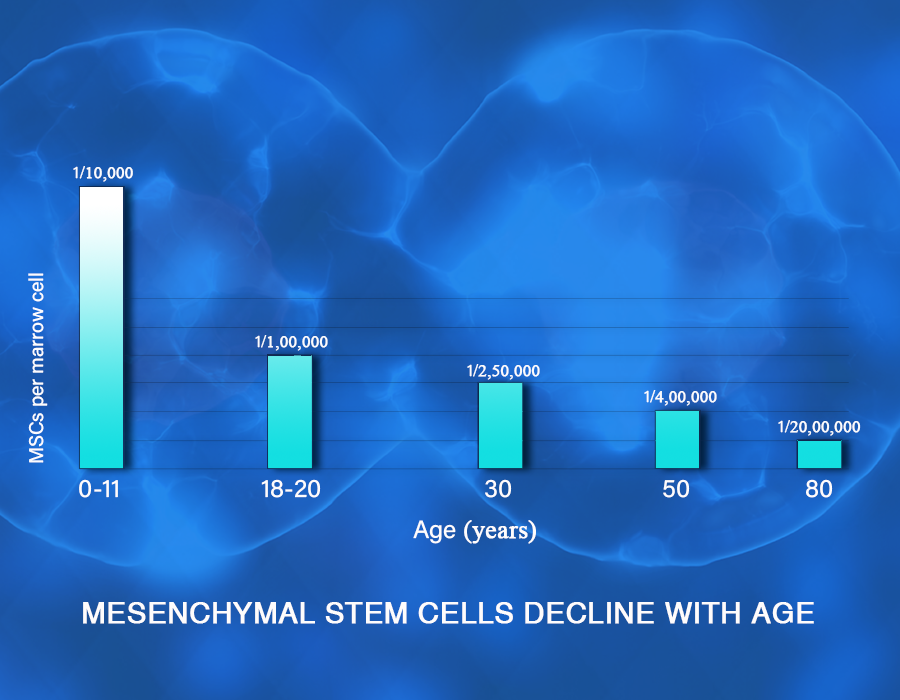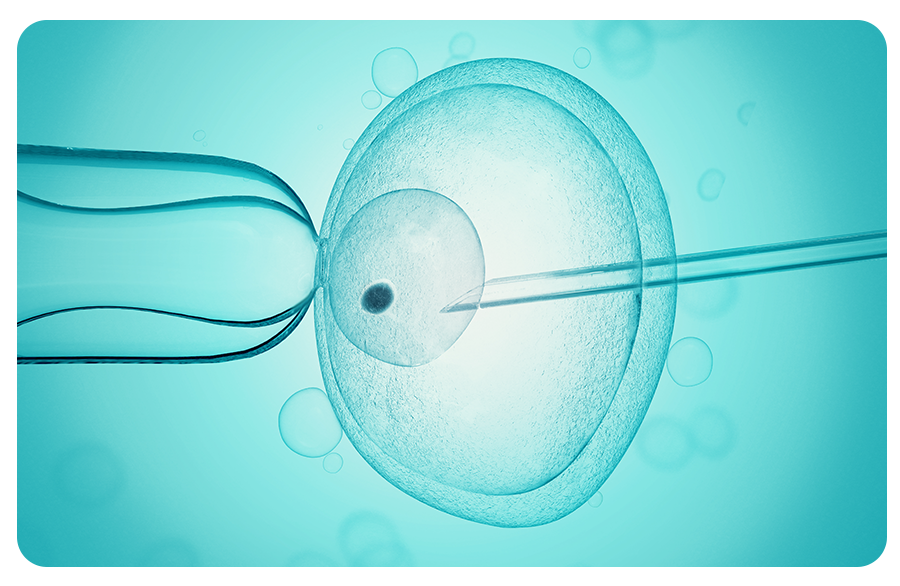Stem cells found in the tooth pulp are called dental stem cells. The dental pulp stem cells are found within the child’s milk teeth and healthy adult teeth. These cells have remarkable regenerative potential and can convert into different types of cells. Tooth derived cells are considered to be naive cells that allow these cells to adapt and repair cells like muscles, neurons, joints and even a damaged heart. The tooth pulp is a gold mine and an extremely good source for the mesenchymal stem cells. Mesenchymal stem cells can eventually form dentin, enamel, nerve tissues, blood vessels, and dental pulp. Because of extreme ease in the collection in younger years of the age before calcification, and minimal to no morbidity, they constitute a major source for personal banking, research, and multiple other therapeutic applications. The dental pulp/ mesenchymal stem cells are capable of producing hepatocytes and beta cells, this may be a potential cure for liver cirrhosis and diabetes in the future.
- 7842501111
- customercare@mothercell.com
Stem Cells
Stem cells are the unspecialized master cells of our body. Stem cells are characterized dependent on two major characteristics,
1) Self-renewal capacity even after long periods of inactivity.
2) Multilineage differentiation ability (differentiating into one or more different specialized cell types).
The totipotent stem cells have the potential to frame a wide range of tissues and organs in the developing life and additional embryonic tissues. Tissue-specific cells present in various niches in our body like bone marrow, brain, liver, umbilical cord, adipose tissue, dental pulp, and skin. The main function and activity of stem cells are mainly tissue maintenance (including growth, repair). Adult stem cells showed plasticity towards some specific lineages.
Stem cells are classified into 3 different types
- Embryonic Stem Cells
- Adult Stem Cells
- Induced Pluripotent Stem Cells (iPSCs)
Embryonic Stem Cells
Embryonic stem cells are obtained from the inner cell mass of the blastocyst, a mainly hollow ball of cells that, in the human, forms three to five days after an egg cell is fertilized by a sperm. Embryonic stem cells are distinguished by two distinctive properties: their pluripotency, and their ability to replicate indefinitely.
Induced Pluripotent Stem Cells (iPSCs)
iPSC are derived from skin or blood cells that have been reprogrammed back into an embryonic-like pluripotent state that enables the development of an unlimited source of any type of human cell needed for therapeutic purposes.
Adult Stem Cells
Adult Stem cells are unique human cells that can form into various cell types, from muscle cells to neurons. Time and again, they can repair the damaged tissues. Stem cells can generate cells to replace those that are lost through normal repair, disease, or injury. Stem cells are found throughout one’s lifetime in tissues such as the umbilical cord, placenta, tooth, adipose tissue, and bone marrow. The first adult stem cells were extracted and used for blood production in 1948.

Adult stem cells are categorized into:
Dental Stem Cells

Mesenchymal stem cells harvested from the dental pulp are a powerful and potent platform for developing cellular treatments in the future. Different groups of scientific communities are studying the role of these amazing cells in treating conditions such as type 1 diabetes, stroke, myocardial infarction (heart attack), corneal damage, and neurological diseases like Alzheimer’s, spinal cord injury & Parkinson’s, etc. By preserving stem cells from the tooth, we can protect the future health of the child and can ensure a healthy future. Wisdom teeth & premolars extracted for orthodontic corrections are also one of the best viable sources of dental stem cells. If someone lost the opportunity to store stem cells at the time of birth (umbilical cord) now they have another opportunity to preserve these viable dental pulp stem cells from the teeth. The hematopoietic stem cells obtained from the umbilical cord that can just create in the blood & immune system-related area cells, whereas the MSC’s got from teeth have boundless potentials because of their multipotent nature. Mesenchymal stem cells hold the promise of regenerating damaged organs/tissues to re-establish the normal function of those specific organs/tissues by stimulating the body’s repair mechanisms to heal previously irreparable organs/tissues.
Mesenchymal Stem Cells Decline With Age
Traditionally bone marrow is a very rich source of hematopoietic stem cells, but it is not that great source for mesenchymal stem cells. MSC’s availability in the bone marrow drastically reduces with the age. Researchers state mesenchymal stem cells decline with age. As illustrated in the below graph, per marrow we can find one mesenchymal stem cell in every 10,000 cells when the child is under 11 years. When the child’s age becomes 18 plus years, the availability of mesenchymal stem cells goes down ten times and we can only find one mesenchymal stem cell in every 1,00,000 marrow cells and so on… Therefore, preserving mesenchymal stem cells from the dental pulp during the younger ages of the child is the best opportunity for the parents.

10 Reasons To Store Your Child's Dental Pulp Stem Cells Today

- Banking stem cells at the age of 5-11 years means they are available anytime throughout your children’s lifespan. Whenever they need it in the future, there is no need to identify a suitable match and no necessity or hassle to search. They can directly use them from the bank.
- Stem cells are building blocks of our bodies. All the organs and tissues in the human body are made up of these stem cells. Clinicians use them to regenerate the damaged organs/tissues. By preserving these stem cells scientifically, you can treat life-threatening degenerative conditions effectively.
- Younger the stem cells the more the effectiveness. Before they can deteriorate with age, store your child’s tooth stem cells today.
- Thousands of ongoing registered clinical trials and researches are being done to assess future medicine applications using the potential of stem cells with Parkinson’s, stroke, diabetes type – I, muscular dystrophy, ophthalmology conditions, cartilage regeneration, etc.
- Harvesting Mesenchymal stem cells from the milk tooth are the best way to obtain Mesenchymal stem cells without any pain/ invasive procedures.
- Tooth pulp stem cells have more potential for addressing untreatable medical conditions compared with other stem cell sources.
- When compared with bone marrow transplantation, dental stem cell banking is less expensive and pains less.
- Mesenchymal stem cells derived from your child’s dental pulp have the most perfect match stem cells for themselves. They have no chances of rejection and contracting other diseases because these cells are derived from the child’s natural part.
- Personalized stem cell-based medicine is going to be the 'Face of the Future Medicine' and mesenchymal stem cells stored from your child's milk tooth will be handy to complete the personalized stem cell product.
- Since the tooth is from the Ecto-lineage of the human body, mesenchymal stem cells derived from the tooth are considered more effective in addressing Ecto-lineage degenerative conditions like sensory organs related degenerative issues, neurological disorders, brain nerves, etc.